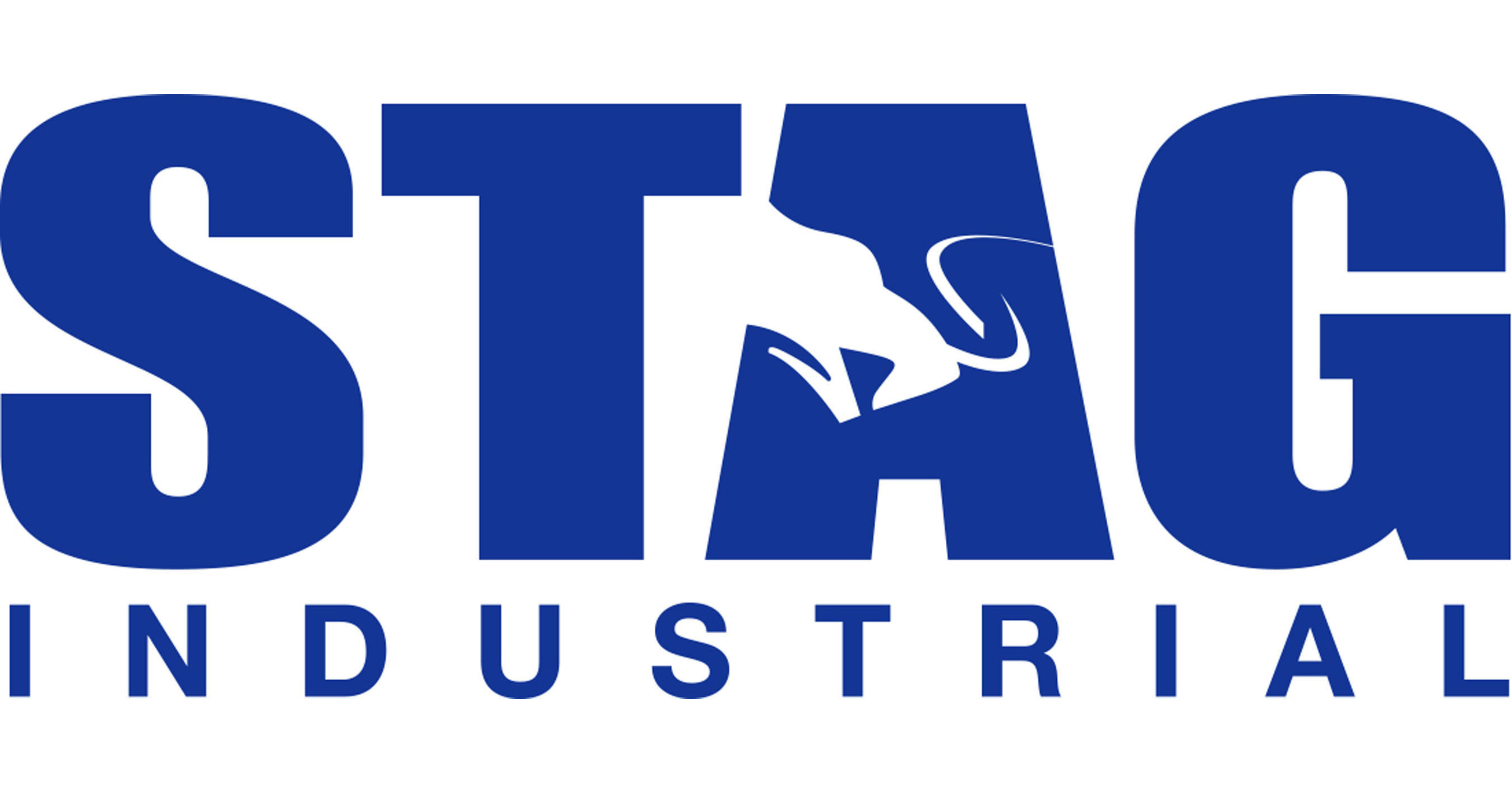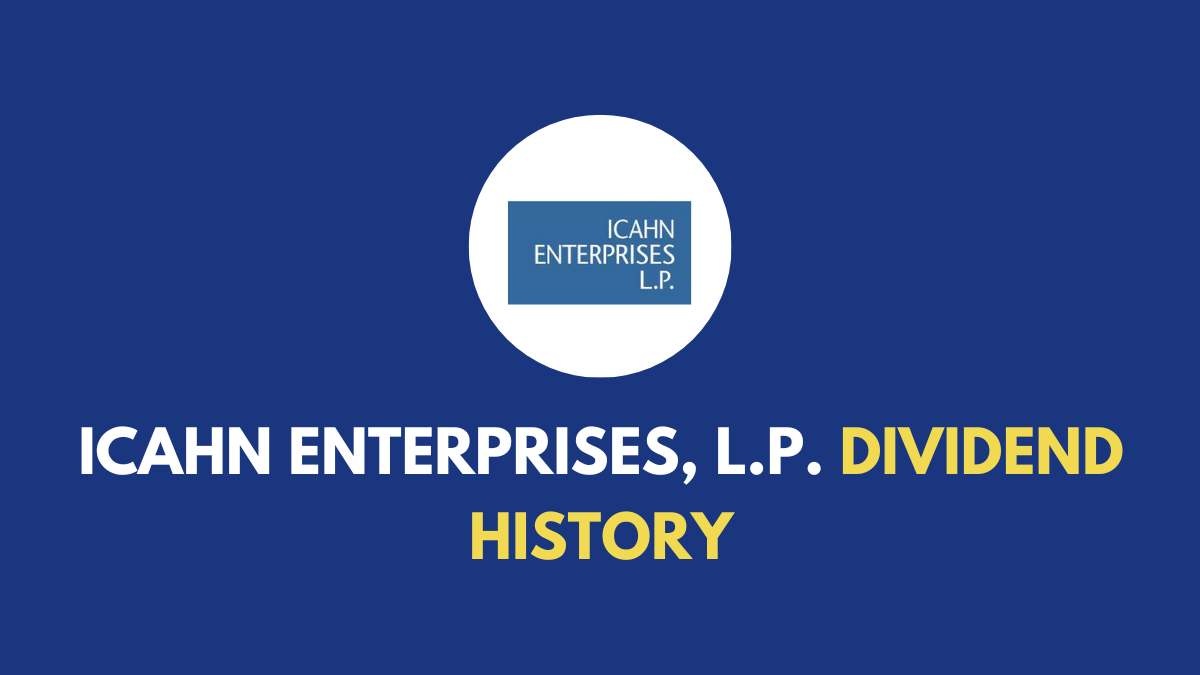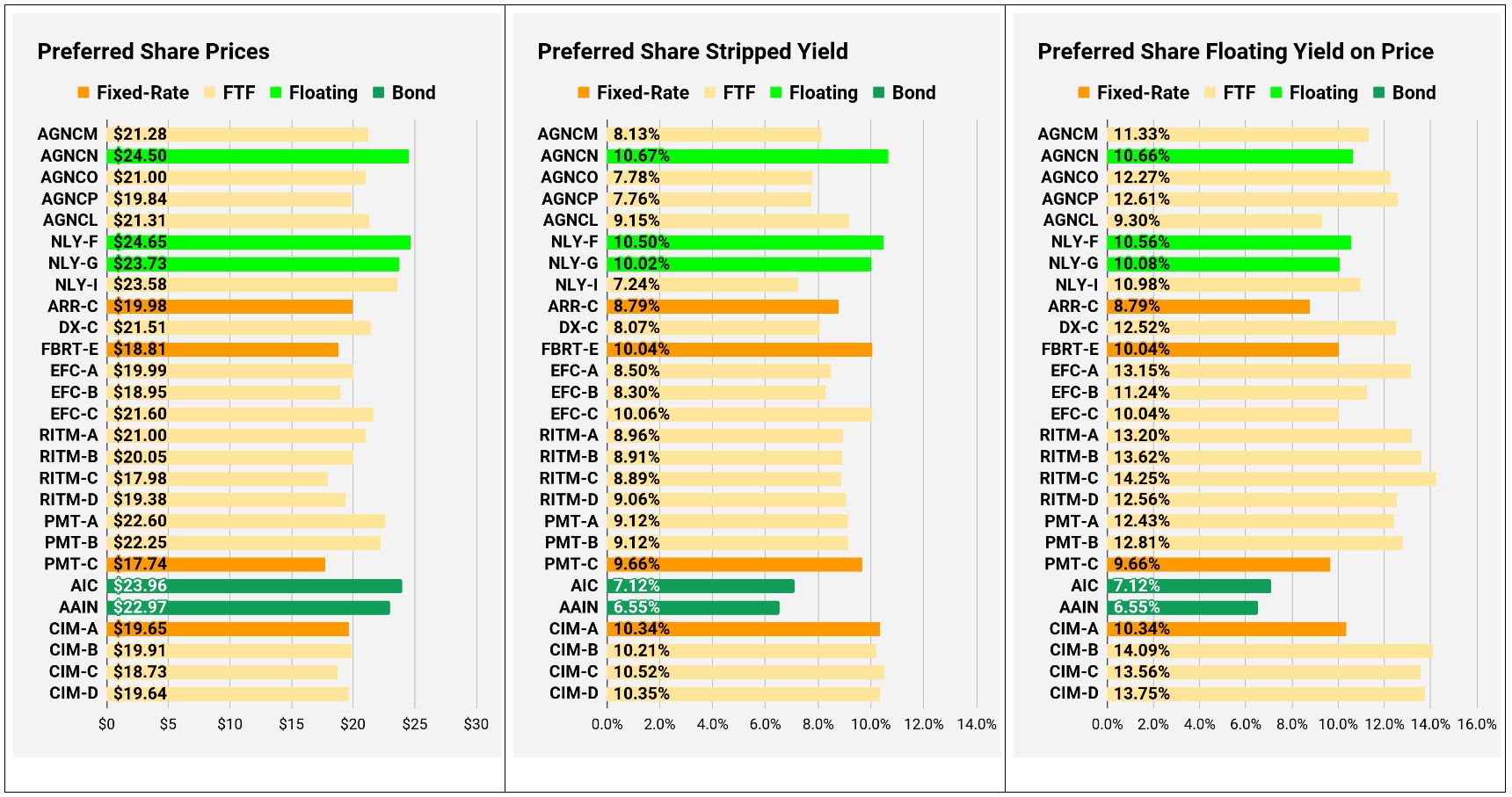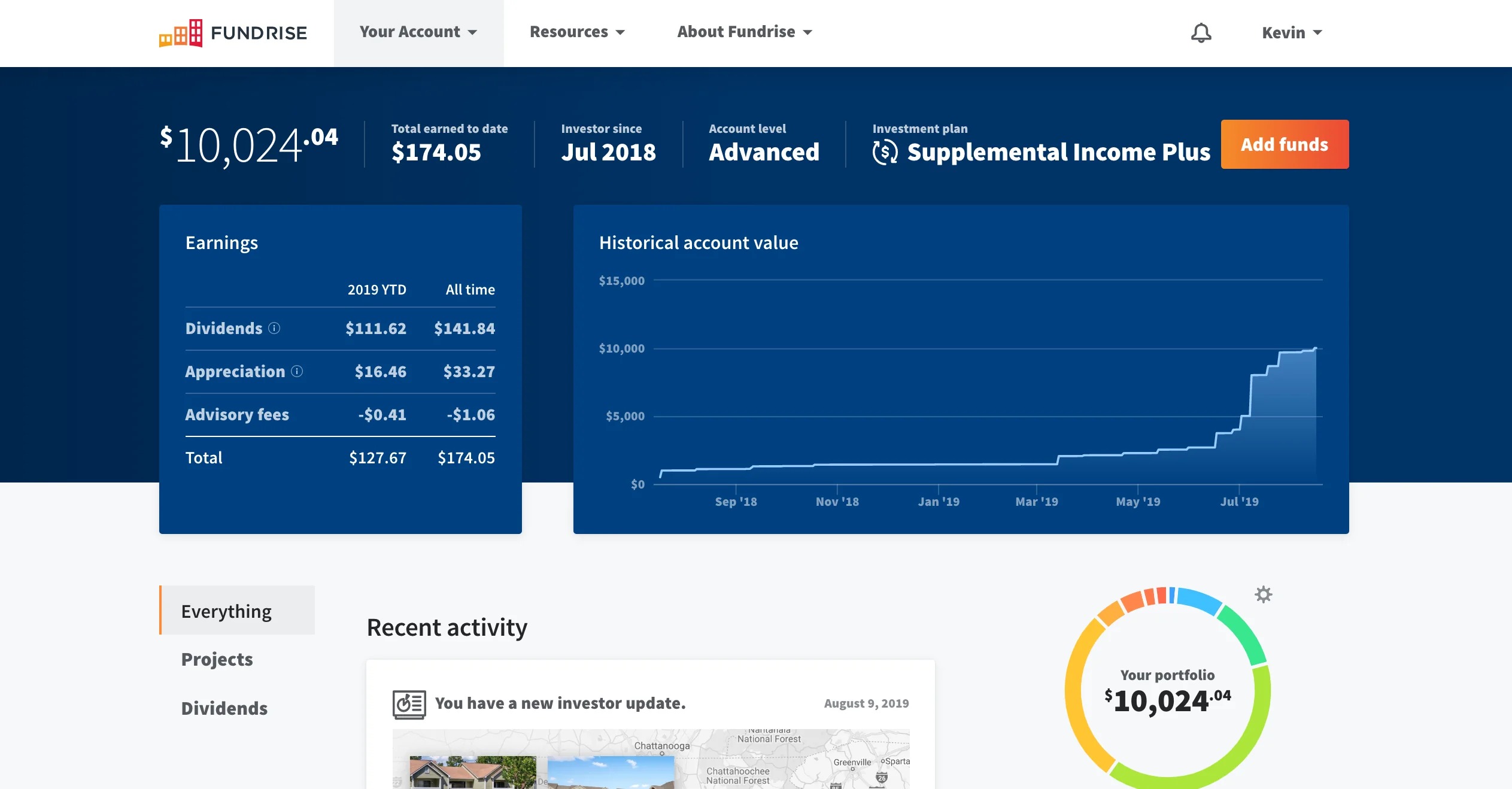

Finance
How Often Does STAG Pay Dividends?
Published: January 3, 2024
Discover the frequency of dividend payments by STAG in the finance industry. Stay updated on dividend distributions from this reliable company.
(Many of the links in this article redirect to a specific reviewed product. Your purchase of these products through affiliate links helps to generate commission for LiveWell, at no extra cost. Learn more)
Table of Contents
Introduction
Dividends play a critical role in the world of finance, providing investors with a steady stream of income from their investments. For those looking to generate passive income and build wealth over time, dividends are a key component of a well-rounded investment strategy. When it comes to investing in the stock market, one company that often captures the attention of income-seeking investors is STAG Industrial.
In this article, we will explore the frequency at which STAG Industrial pays dividends and examine the factors that influence dividend payment frequency. We will also delve into STAG Industrial’s dividend history and discuss the reasons behind dividend changes. Finally, we will provide considerations for investors who are interested in adding STAG Industrial to their portfolio.
Before delving into the specifics, it is essential to understand what dividends are and how they work.
Dividends are a portion of a company’s profits that are distributed to its shareholders. They are typically paid in the form of cash and are usually declared and paid on a regular basis, either quarterly, semi-annually, or annually. Dividend payments are a way for companies to reward their shareholders for their investment and provide a tangible return on their capital.
STAG Industrial, a real estate investment trust (REIT) that specializes in the acquisition and operational management of single-tenant industrial properties, is known for its attractive dividend payments. As an investor, understanding the frequency of dividend payments can be crucial for planning your financial goals and managing cash flow.
In the following sections, we will explore the specific dividend payment frequency of STAG Industrial and shed light on the factors that influence it.
Understanding Dividends
Before diving into the specifics of STAG Industrial’s dividend payment frequency, it’s important to have a clear understanding of dividends in general.
As mentioned earlier, dividends are a distribution of a company’s profits to its shareholders. When a company generates earnings, it has several options for utilizing those funds. It can reinvest them back into the business for growth and expansion, pay down debt, repurchase shares, or distribute them as dividends to shareholders.
Dividends are typically declared by a company’s board of directors and are paid out to shareholders based on the number of shares they own. The amount of the dividend payment is usually expressed as a per-share amount. For example, if a company declares a dividend of $0.50 per share and you own 100 shares, you would receive a dividend payment of $50.
Dividends are an attractive feature for investors, particularly those seeking a regular income stream. They provide a tangible return on investment and can be an essential component of an investor’s overall yield. Additionally, dividends can serve as a signal of a company’s financial health and stability. A consistent history of dividend payments demonstrates that a company has the ability to generate profits and share them with its shareholders.
It’s important to note that not all companies pay dividends. Some companies, particularly those in growth industries or in the early stages of development, may choose to reinvest earnings back into the business rather than paying them out as dividends. These companies typically focus on capital appreciation rather than income generation.
Dividends can be classified into different types. The most common types include:
- Cash Dividends: These are the most straightforward type of dividend, where a company pays out cash to shareholders.
- Stock Dividends: Instead of cash, companies may distribute additional shares of stock to their shareholders as dividends. This increases the number of shares held by each shareholder but does not increase their ownership percentage.
- Property Dividends: In some cases, companies may distribute physical assets or property as dividends. This is less common but can occur when a company has surplus assets that are not essential to its operations.
- Scrip Dividends: Scrip dividends allow shareholders to receive additional shares rather than cash. These dividends are also known as bonus or capitalization issues.
Now that we have a solid understanding of dividends, let’s explore STAG Industrial, a company that is known for its dividend payments.
STAG Industrial: An Overview
STAG Industrial is a leading real estate investment trust (REIT) that focuses on the acquisition, ownership, and operation of single-tenant industrial properties across the United States. With a portfolio of over 400 properties spanning 38 states, STAG Industrial is recognized for its significant presence in the industrial real estate market.
The company’s investment strategy centers around acquiring properties that are essential to tenants’ operations. This includes warehouses, distribution centers, and manufacturing facilities. By targeting single-tenant properties, STAG Industrial mitigates the risk associated with multi-tenant properties and establishes long-term lease agreements, providing stability and consistent income.
STAG Industrial’s portfolio consists of a diverse range of tenants from various industries, including e-commerce, automotive, logistics, and consumer goods. This diversification minimizes reliance on any single industry and creates a resilient investment platform.
The company’s primary objective is to generate income for its shareholders through rental income and capital appreciation. Part of this income generation involves the payment of regular dividends to its shareholders.
STAG Industrial has a strong track record of delivering shareholder value and has consistently increased its dividend payments over the years. The company’s dedication to a sustainable dividend policy sets it apart in the REIT sector.
Now that we have a brief understanding of STAG Industrial, let’s delve into the specific dividend payment frequency of the company.
Dividend Payment Frequency
Dividend payment frequency refers to how often a company distributes dividends to its shareholders. The frequency can vary from company to company and is typically determined by a combination of factors, including industry norms, financial stability, and the company’s dividend policy.
For STAG Industrial, the dividend payment is made on a quarterly basis. This means that the company distributes dividends every three months to its shareholders. Quarterly dividends provide investors with regular income and allow for better financial planning.
Dividend payment frequency is an essential consideration for investors, especially those who rely on dividends as a source of income. Quarterly payments can provide a consistent cash flow and allow investors to budget their expenses accordingly.
It’s worth noting that there are companies that pay dividends on a semi-annual or annual basis, which means shareholders receive dividend payments every six months or once a year, respectively. While these less frequent payment intervals might be suitable for some investors, those seeking more frequent income might prefer companies that pay dividends quarterly.
The dividend payment frequency of a company can be influenced by various factors. These factors include the company’s financial performance, cash flow, investment needs, and management’s assessment of future prospects. Companies with stable earnings and a healthy balance sheet are more likely to maintain a regular dividend payment schedule.
Additionally, the industry in which a company operates can have an impact on dividend payment frequency. Industries with more stable and consistent cash flows, such as utilities or consumer staples, tend to offer more regular dividend payments. On the other hand, companies in more volatile industries, such as technology or biotechnology, may eschew regular dividends in favor of reinvesting profits into research and development or expansion.
By paying dividends on a quarterly basis, STAG Industrial aims to provide investors with a steady income stream and attract income-focused investors who value regular cash flow. The company’s commitment to quarterly dividend payments demonstrates its fiscal prudence and financial stability.
Now that we have explored the dividend payment frequency of STAG Industrial, let’s move on to discuss the factors that influence dividend frequency.
Factors Influencing Dividend Frequency
The frequency at which a company pays dividends is influenced by several factors. These factors are taken into consideration by the company’s management and board of directors when determining the dividend payment schedule. Let’s explore some key factors that influence dividend frequency:
- Financial Performance: A company’s financial performance is a crucial factor in determining dividend frequency. Companies that consistently generate strong earnings and have stable cash flows are often more inclined to pay dividends more frequently. A healthy financial performance indicates the company’s ability to distribute profits to shareholders on a regular basis.
- Cash Flow: The availability of cash flow is another critical factor influencing dividend frequency. Companies need to have sufficient cash on hand to meet their financial obligations, invest in growth initiatives, and pay dividends to shareholders. Stable and consistent cash flows enable companies to maintain regular dividend payments.
- Investment Needs: Companies that require significant capital investments for expansion or growth may opt for a lower dividend frequency. This allows them to retain earnings and allocate them towards strategic initiatives that can enhance shareholder value in the long run. In such cases, dividend payments may be more sporadic.
- Debt Levels: High levels of debt can limit a company’s ability to pay dividends. Companies with significant debt obligations may need to prioritize debt repayment over dividend payments in order to maintain financial stability. Lower debt levels provide companies with more flexibility to distribute profits as dividends.
- Industry Norms: Dividend practices can be influenced by industry norms. Some industries, such as utilities and consumer staples, are known for their stable cash flows and consistent dividend payments. Companies within these industries are more likely to pay dividends on a regular basis. Industries with higher volatility or frequent capital needs, such as technology or biotechnology, may have a different approach to dividend frequency.
For STAG Industrial, the factors mentioned above have shaped its decision to pay dividends quarterly. The company’s consistent financial performance, strong cash flows, and long-term investment strategy support the quarterly dividend payment schedule.
It’s important for investors to consider these factors when assessing a company’s dividend frequency. Understanding the rationale behind the dividend payment schedule can provide insights into the company’s financial health, growth plans, and commitment to returning value to shareholders.
Now that we have explored the factors that influence dividend frequency, let’s move on to discuss STAG Industrial’s dividend history to gain a deeper understanding of its dividend practices.
STAG Industrial’s Dividend History
STAG Industrial has a strong track record of dividend payments and has consistently demonstrated its commitment to returning value to shareholders. Let’s take a closer look at the dividend history of STAG Industrial:
Since its initial public offering (IPO) in 2011, STAG Industrial has steadily increased its dividend payments. The company initially started paying dividends on a quarterly basis, providing investors with a regular income stream. Over the years, STAG Industrial has continued to enhance its dividend program, reflecting its success and growth in the market.
In 2012, STAG Industrial declared its first annual dividend increase, marking the beginning of a trend of consistent dividend growth. The company has maintained a pattern of annual dividend increases since then, as it strives to align its dividend payments with its financial performance and capital allocation strategy.
Furthermore, STAG Industrial’s dividend growth rate has been impressive. The company has achieved a compound annual growth rate (CAGR) in dividends of over 8% since its IPO. This consistent dividend growth has captured the attention of income-seeking investors and solidified STAG Industrial’s position as an appealing choice for those seeking a reliable income stream.
STAG Industrial’s commitment to dividend growth is evident in its dividend payout ratio. The dividend payout ratio is the proportion of earnings that a company distributes as dividends. STAG Industrial has been able to maintain a sustainable payout ratio, ensuring that it retains sufficient earnings for reinvestment while rewarding shareholders with competitive dividends.
STAG Industrial’s ability to consistently increase its dividends reflects the company’s solid financial performance and prudent capital allocation decisions. The company’s management and board of directors prioritize delivering value to shareholders and have established a strong dividend policy.
It’s important to note that while STAG Industrial has a history of increasing dividends, there is no guarantee that dividend increases will continue in the future. Dividend decisions are subject to various factors, including economic conditions, industry trends, and the company’s financial performance.
Now that we have explored STAG Industrial’s dividend history, let’s proceed to the next section to discuss the reasons behind dividend changes.
Reasons for Dividend Changes
Dividend changes can occur for a variety of reasons and are influenced by the financial health of the company, its growth strategy, and prevailing market conditions. Here are some common factors that can lead to changes in a company’s dividend:
- Financial Performance: A company’s financial performance is a significant driver of dividend changes. If a company experiences strong revenue growth, improved profitability, and increased cash flows, it may choose to raise its dividend payments. Conversely, if a company faces financial challenges or a decline in earnings, it may opt to reduce or eliminate its dividend to preserve cash and address other financial obligations.
- Business Expansion and Investment Opportunities: Companies that are in a growth phase or have robust investment opportunities may choose to retain more earnings to fund expansion initiatives. In such cases, dividend payments may be decreased or suspended temporarily to allocate capital towards strategic projects that have the potential to generate higher returns in the future.
- Economic Conditions: Economic factors, such as recessions or market downturns, can significantly impact a company’s ability to pay dividends. During challenging economic periods, companies may face reduced cash flows, increased debt obligations, or limited access to capital markets. These circumstances may result in a reduction or temporary suspension of dividends until the company’s financial position stabilizes.
- Dividend Payout Ratio: The dividend payout ratio, which measures the proportion of earnings distributed as dividends, can also be a factor in dividend changes. If a company consistently has a high payout ratio, it may choose to moderate dividend increases or reduce dividends to maintain a sustainable payout level. Conversely, a company with a low payout ratio may have more flexibility to raise or initiate dividends.
- Industry Trends and Regulatory Changes: Industries that face substantial regulatory shifts, technological disruptions, or changes in consumer behavior may experience fluctuations in dividend payments. Companies within these industries may need to adapt their business models, invest in research and development, or reallocate resources, which can impact dividend payments.
For STAG Industrial, dividend changes can occur based on a combination of these factors. The company’s management evaluates its financial performance, growth opportunities, and market conditions to determine whether adjustments to the dividend are necessary. STAG Industrial’s prudent approach to dividend management ensures the company can sustain its dividend payments while pursuing strategic growth initiatives.
It’s important for investors to monitor dividend changes and consider the underlying reasons behind them. While dividend cuts or suspensions can be disappointing for income-focused investors, they may be necessary for the long-term financial health and stability of the company.
Now that we have discussed the reasons behind dividend changes, let’s move on to the next section to explore considerations for investors interested in adding STAG Industrial to their portfolio.
Investor Considerations
For investors considering adding STAG Industrial to their portfolio, there are several key factors to take into account. These considerations can help determine whether investing in the company aligns with their financial goals and risk tolerance. Here are some important factors to consider:
- Dividend Yield: The dividend yield is a crucial metric for income-seeking investors. It represents the annual dividend payment expressed as a percentage of the stock price. Investors should assess STAG Industrial’s dividend yield in relation to their income requirements and compare it to other investment opportunities.
- Dividend Growth: Reviewing STAG Industrial’s dividend history and growth rate is essential. Consistent dividend growth is an attractive feature for investors as it indicates the company’s commitment to returning value to shareholders over time.
- Financial Performance: Evaluating STAG Industrial’s financial performance, including revenue, earnings, and cash flow, provides insights into its ability to sustain dividend payments. Analyzing key financial ratios and comparing them to industry peers can provide a comprehensive view of the company’s financial health.
- Industry and Market Analysis: Understanding the dynamics of the industrial real estate market and the broader economic conditions is crucial. Analyzing industry trends, demand for industrial properties, and macroeconomic factors can help assess STAG Industrial’s growth prospects and potential risks.
- Risk Profile: Consider your risk tolerance when evaluating an investment in STAG Industrial. As with any investment, there are inherent risks associated with investing in a specific company or industry. Assessing the company’s risk management practices, tenant diversification, and occupancy rates can provide insights into its risk profile.
- Portfolio Diversification: Consider how STAG Industrial fits into your overall investment portfolio. Diversification is important to mitigate risks and promote a balanced portfolio. Assessing the correlation between STAG Industrial’s performance and your existing holdings can help ensure proper diversification.
- Management and Governance: Evaluate the track record and expertise of STAG Industrial’s management team and board of directors. A capable and experienced management team can influence the company’s strategic decisions and the long-term success of the business.
It’s essential to conduct thorough research and analysis before making any investment decisions. Consulting with a financial advisor or investment professional can provide additional guidance tailored to your specific financial situation and objectives.
Investing in STAG Industrial can be an appealing opportunity for income-focused investors seeking exposure to the industrial real estate sector. However, it’s important to remember that investing in individual stocks carries risks, and careful consideration of the aforementioned factors is necessary before making any investment decisions.
Now, let’s conclude our article.
Conclusion
Dividends are a crucial component of an investment strategy, providing investors with a regular income stream and a tangible return on their capital. STAG Industrial, a leading real estate investment trust (REIT), has a history of attracting income-seeking investors with its dividend payments.
In this article, we explored the dividend payment frequency of STAG Industrial and discussed the factors that influence dividend frequency. We learned that STAG Industrial pays dividends on a quarterly basis, providing investors with a consistent cash flow.
Furthermore, we examined the reasons for dividend changes, highlighting how factors such as financial performance, business expansion, and economic conditions can impact dividend payments. STAG Industrial’s prudent approach to managing its dividend policy ensures the company can adapt to evolving market conditions while delivering value to shareholders.
Considering STAG Industrial as an investment option requires careful analysis. We discussed key investor considerations, including dividend yield, dividend growth, financial performance, industry analysis, risk profile, portfolio diversification, and management quality.
While STAG Industrial has demonstrated a strong track record of dividend payments and growth, it’s important to remember that all investments carry risks. Conducting thorough research and seeking professional advice can help investors make informed decisions that align with their financial goals and risk tolerance.
In conclusion, STAG Industrial’s dividend payment frequency, history of dividend growth, and commitment to delivering value to shareholders make it an attractive option for income-focused investors considering exposure to the industrial real estate sector. However, it is crucial to thoroughly evaluate the company and consider the aforementioned factors before making any investment decisions.













